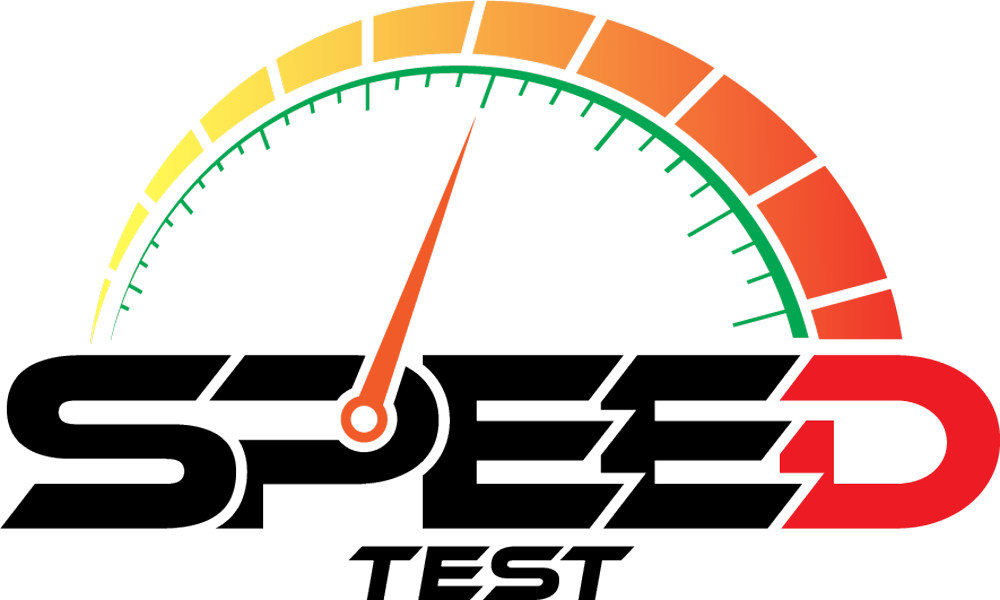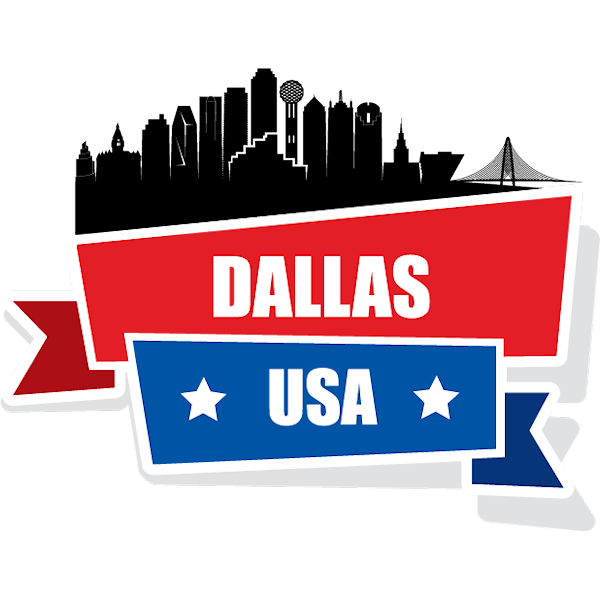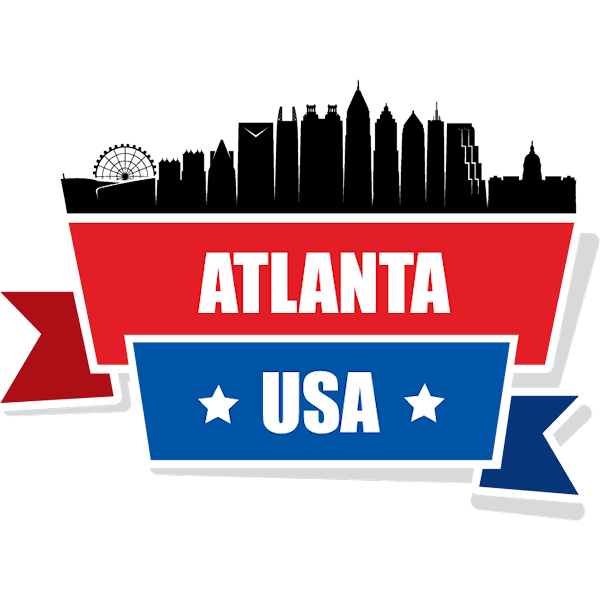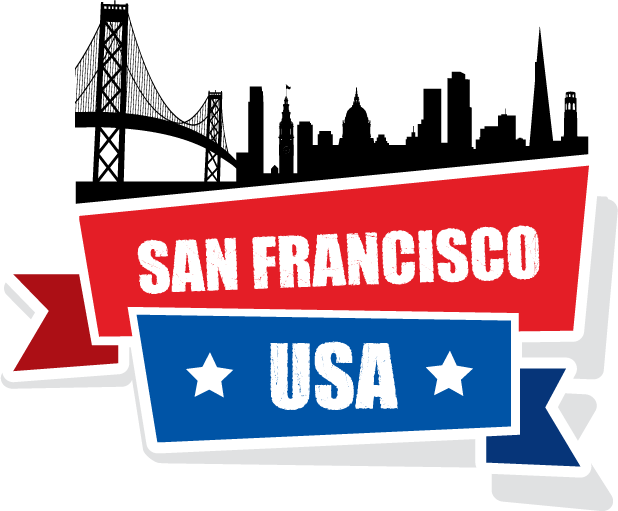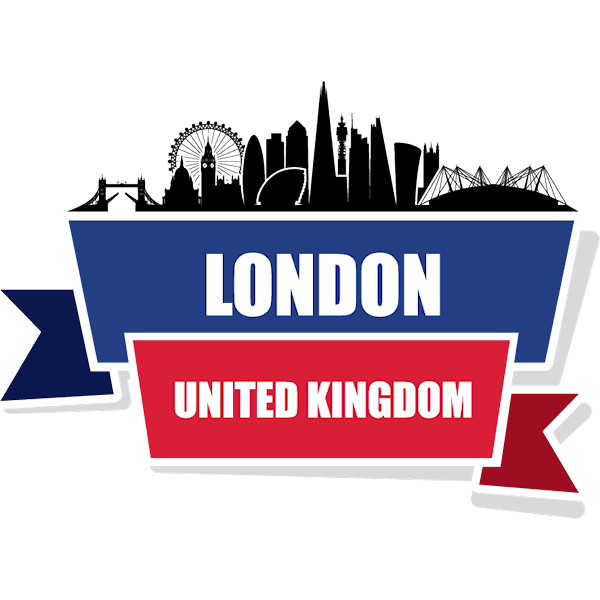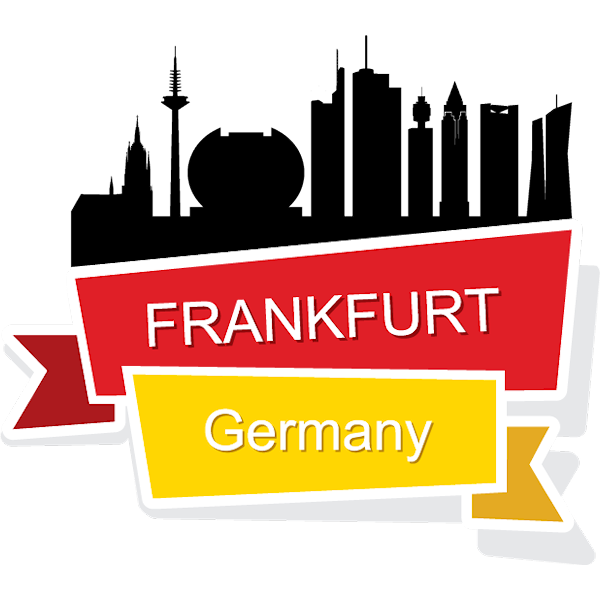Brand Marketing
Brand marketing.
Building identity.
We take the view that brand marketing is an approach to communications, sales, product, and service that grows the asset of your brand’s equity and identity. Each program is custom tailored and designed to your specific goals and specifications.

Business Identity-
defines the visual appearance and communications of your company
Lasting Impressions!
Your business identity is the way you communicate with the world, differentiate yourself from your competition, and create a brand experience that encourages people to engage with you.
Distinct, memorable, cohesive, and intuitive!
Brand Marketing is - Identity Communications Company Culture Customer Service Product Support Sales Presentation
Building Brand Equity
Building Brand Valuation
Brand Marketing is the processes and methods used to build a strong brand. The theory of brand marketing: spending on marketing is an investment in building a brand’s value, and in-turn the company’s value. This investment-based strategy makes brand marketing different than other marketing strategies such as direct response marketing.
All business assets have value because they generate future revenue and profits. A brand is no different than any other business asset. It makes future sales possible by creating a connection between the business and its customers.
%
Brand Identity - the way people recognize and interact with your brand
%
Brand Position- the target market for your products and services
%
Experience - the customer experience with your brand and services
%
Messaging- your customer communication style and core benefits
%
Brand Gap- difference between promise and actuality
The Brand Cycle
The Brand Cycle is about the journey an average customer takes with a brand. The better this journey is understood and managed, the more sales are generated and the higher your customer loyalty will be. This cycle can be broken down into approximately the following 9 phases:
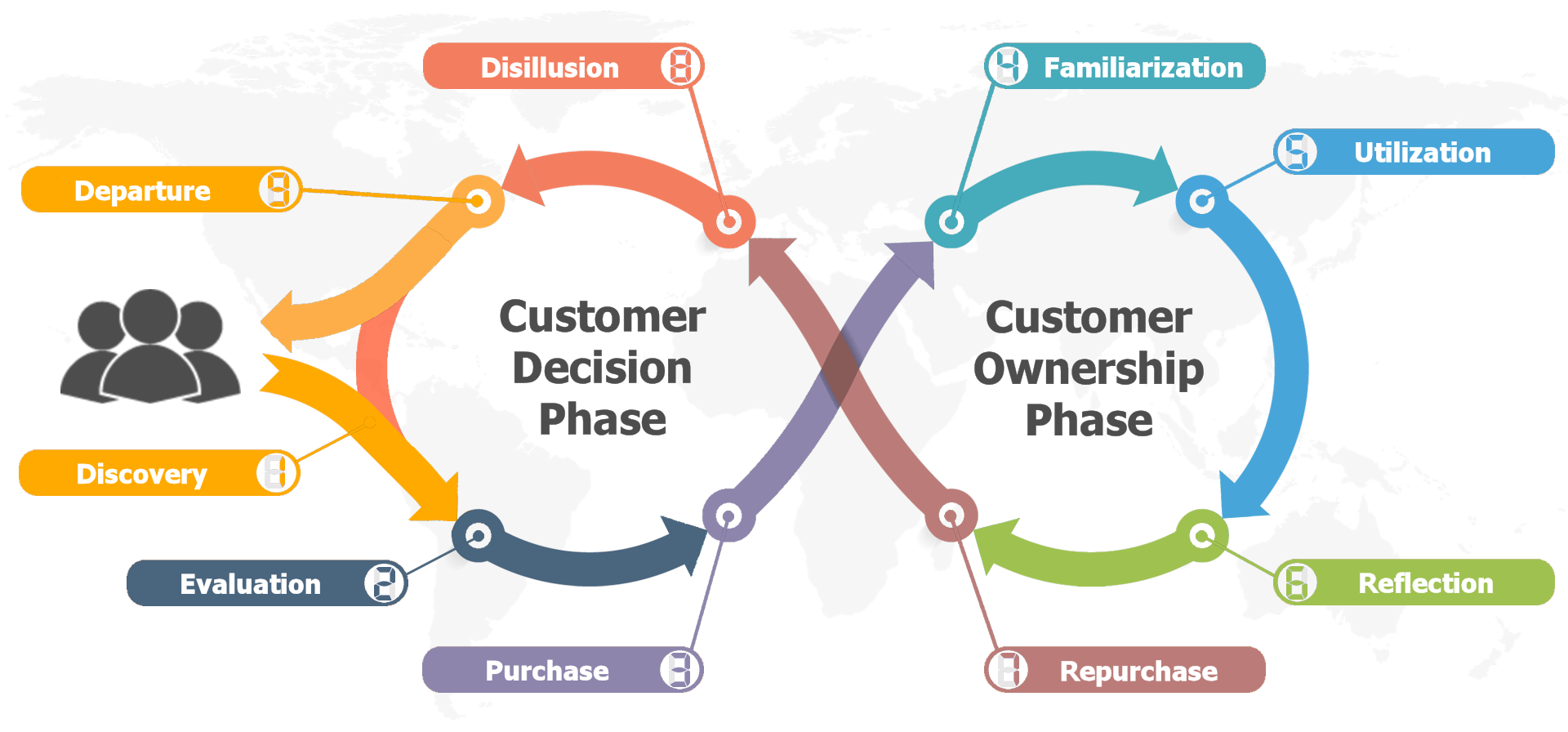
Discovery
First Impressions determine how likely a potential customer will even consider your products or services. This phase starts when the customer first hears about your brand and ends when they decide whether they have a need for your products. Communication is critical during this phase; advertising, media, product placement, and presentation all help make or break the customer’s decision.
Evaluation
The customer realizes that he needs your product or service and carefully evaluates the merits against the requirements. During this phase clear and detailed information is critical. The customer will also look for other people’s feedback and reviews to try and determine if the purchase risk is acceptable.
Purchase
The purchase phase is the most obvious one, it is when the customer selects your product over the competition. There are 4 main elements that determine this phase; 1) is your product available? 2) is the necessary information for the customer to make an educated decision available? 3) is the price point, and 4) what if the customer changes their mind?
Familiarization
This phase is right after the purchase phase, it is when the customer first gets to use your product or service. Is this phase a positive experience or does it leave the customer feeling frustrated? The better the experience, the longer and more positive the association with your brand the customer will develop.
Utilization
From the customer’s point of view, this is the most important phase, the time period that they actually use the product. This is the period that the customer determines the actual useful value of the product. Is this a product that made a worthwhile difference?
Reflection
As the product’s end of life approaches, the customer will reflect over the period that they got to interact with the product. Should they consider alternatives? or just purchase the latest model? Are there enough association with your brand that they will even remember your company?
Repurchase
This phase is exactly the same as the purchase phase with the exception that there is now an added association with your brand built through the experiences the customer had owning and using your products and services. The 4 main elements also remain, but are slightly less strong.
Disillusion
This phase is critical in that this determines how your customer will perceive your brand in the future and the feedback they will provide to other potential customers. A disillusioned customer is much more difficult to turn around at this late phase and will almost certainly depart. Damage control is your top priority in this phase.
Departure
The departure of your customer does not necessarily mean that they left your brand for good. Often customers are enticed by another brand’s marketing campaign, but once they have gone through that brand’s cycle, they may remember your brand fondly and be back. It is important that you don’t do anything that will damage future possibilities.
The Opportunity
At each phase of the customer journey, there are opportunities and actions that a brand needs to take to be successful. The better each company’s customer journey is researched and understood, the larger the opportunities and the more likely these actions will be successful and convert into sales. As part of our Brand Marketing programs we carefully analyze and document your customer’s journey and then put together a plan for each phase to help attract, convert, and maintain the customer.
Start Managing Your Customer’s Journey!
Don’t miss out on the opportunities to communicate your brand properly and convert the tire kickers to customers. Give us a call today or fill out the quote request form below. We can help you transform your business and how your customers see your brand.
Featured Technologies

Ready to Standout?
Fill out the form below to get started
Brand Marketing Quote Request.
Please be as detailed as possible. This will help us to determine what services would work best for your application. Once we start with the quote, we will need to setup a call to review all the details.
